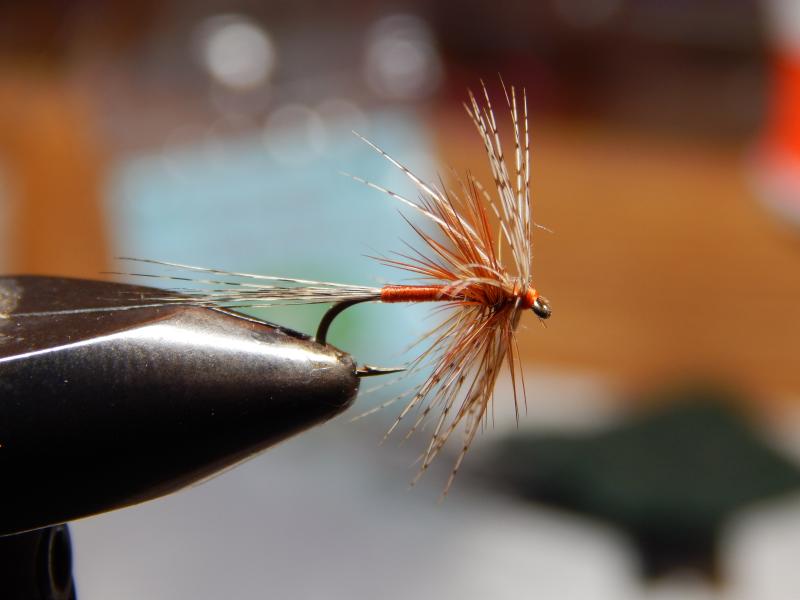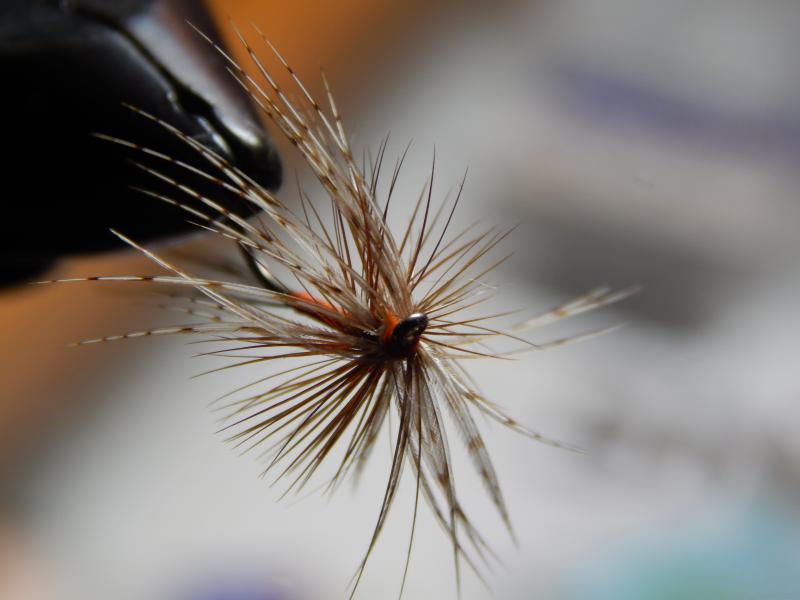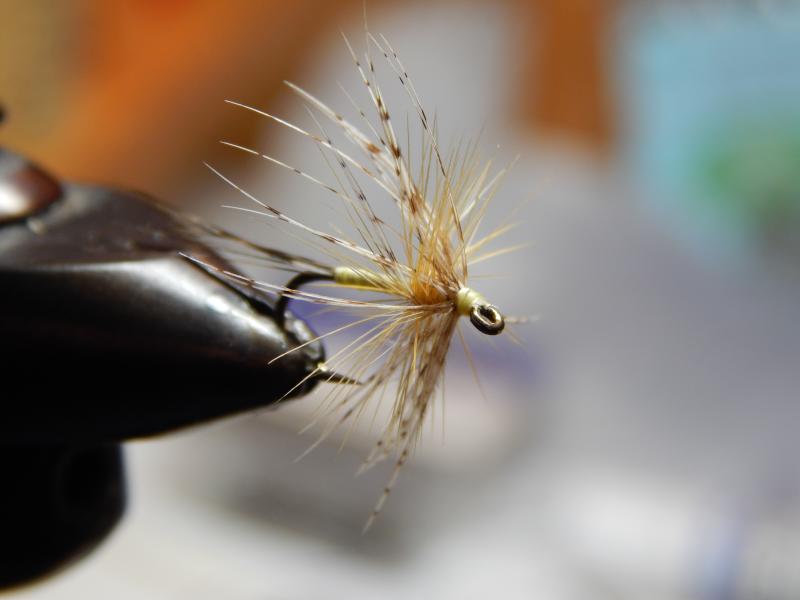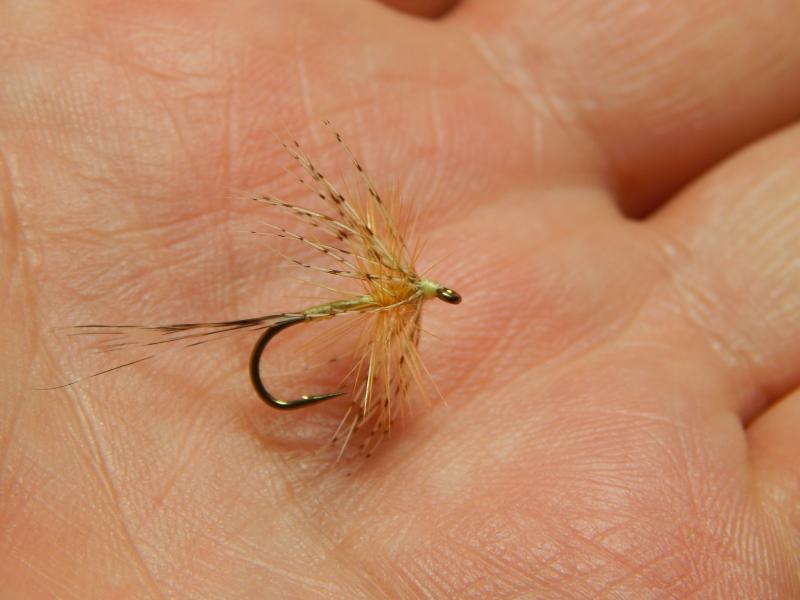BRK TRT
Small stream, wild trout flyfisher
Several months ago I came across a pattern called a "Jingler" it's an old English border pattern. It uses both dry and soft hackle. I tied a few but as of yet I have not been able to test them on the streams I fish.
I received a PM from "Barleywine" telling me of a pattern called a "Cinberg" this pattern is very similar to the Jingler. The Cinberg was a popular pattern used on the Neversink back in the 1930's. I believe the fly was created by Doc Cinberg. Now I don't know who's pattern came first. Seems that histories of these flies are some what foggy.
Below are a couple Jinglers that I tied.




I think they can be very effective.
Brk Trt
I received a PM from "Barleywine" telling me of a pattern called a "Cinberg" this pattern is very similar to the Jingler. The Cinberg was a popular pattern used on the Neversink back in the 1930's. I believe the fly was created by Doc Cinberg. Now I don't know who's pattern came first. Seems that histories of these flies are some what foggy.
Below are a couple Jinglers that I tied.




I think they can be very effective.
Brk Trt
